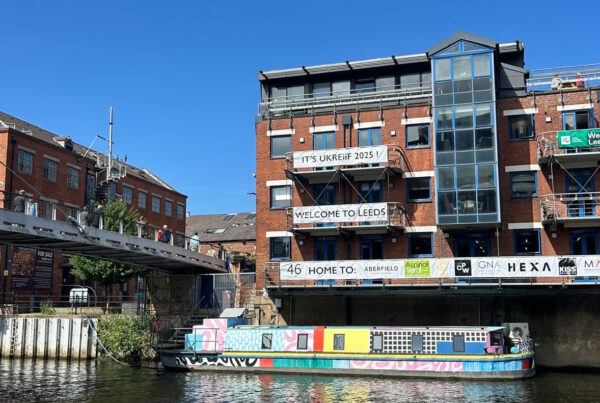Developers seek expert insurance advice to ensure they have ‘multiple’ options when it comes to exit
In the past, developers seeking first-party insurance would typically choose a commercial latent-defects policy. However, this option proved inflexible if the developer or owner wished to realise capital appreciation in the years after completion. Now, developers and funders involved in BTR and PRS schemes have a wider range of options that incorporate the ability to ‘switch’ to policies that include UK finance approved wordings. This ensures that if a fractional sales strategy is implemented post-completion, the policy can be amended to enable a unit-by-unit sell-off.
Jack Bristow, MD at J3 Advisory added, ‘Developers who have adapted their exit strategy by embracing the shift from traditional build-to-sell models to build-to-rent (BTR) are now placing a laser-focus on securing appropriate insurance coverage. Such a policy not only protects the structural integrity of the asset but also offers flexibility in the event of a future fractional sell-off. With the market shift towards BTR, developers must remain open to different policy options and weigh the benefits and implications on premiums and excess. Moreover, funders are recognizing the significance of having first-party insurance coverage in place, rather than solely relying on collateral warranties.’
It is crucial to review the financial limit of a latent defects policy when selecting a provider. As Jack emphasises, ‘not all policies are equal, and some providers may have an inner limit of, for instance, £25m. Consequently, on a £100m project, the policy would only cover 25% of the total reinstatement cost. Hence, it’s essential for developers to understand the specifics of the policy and what it offers before investing their money. As always, the devil is in the details.’
He continues, ‘Although many aim to adopt a long-term strategy for emerging projects, developers and funders who have received sound guidance and implemented the right policy will be better placed to adapt to the change, should the need arise.’





